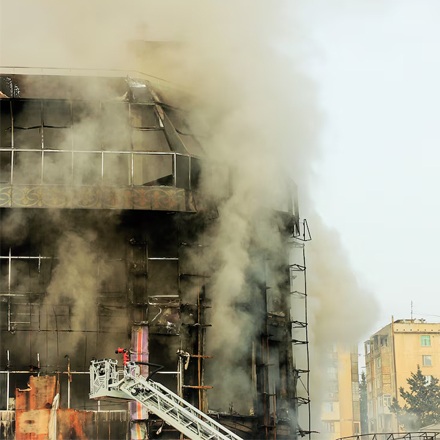
Site Cleanup and Maintenance
- Debris Removal: Regular removal of waste materials, rocks, and debris from mining sites to maintain safety and accessibility.
- Dust Control: Implementing dust suppression techniques to minimize airborne particles, which can be harmful to workers and the environment.

Equipment Cleaning
- Heavy Machinery Cleaning: Cleaning and maintaining heavy equipment such as excavators, bulldozers, and trucks to ensure optimal performance and longevity.
- Preventive Maintenance: Regular cleaning of machinery to prevent the buildup of dirt and grime, which can lead to mechanical issues.

Facility Cleaning
- Office and Break Room Cleaning: Maintaining cleanliness in administrative areas, break rooms, and restrooms to promote a healthy work environment for employees.
- Changing Rooms and Showers:Regular cleaning and sanitization of changing rooms and shower facilities to ensure hygiene for workers.

Environmental Compliance
- Hazardous Waste Management:Proper handling and disposal of hazardous materials and waste generated during mining operations, ensuring compliance with environmental regulations.
- Spill Response:Immediate cleanup of any spills (e.g., fuel, chemicals) to prevent environmental contamination.

Safety Inspections
- Regular Inspections: Conducting routine inspections of the site to identify and address potential safety hazards related to cleanliness and organization.
- Emergency Preparedness: Ensuring that emergency exits, pathways, and equipment are clear and accessible in case of an emergency.

Specialized Cleaning Services
- High-Pressure Washing:Using high-pressure washing techniques to clean equipment, vehicles, and surfaces that are heavily soiled.
- Industrial Cleaning: Specialized cleaning for areas that require deep cleaning, such as processing plants or storage facilities.

Training and Safety Protocols
- Employee Training: Providing training for mining staff on best practices for maintaining cleanliness and safety in the workplace.
- Safety Protocols: Developing and implementing cleaning protocols that align with mining safety regulations and standards.

Sustainability Initiatives
- Eco-Friendly Cleaning Products: Using environmentally friendly cleaning products and methods to minimize the ecological impact of cleaning operations.
- Recycling Programs: Implementing recycling initiatives for materials used in the mining process.

Post-Closure Cleanup
- Site Rehabilitation:Cleaning and restoring mining sites after operations have ceased, including removing equipment and restoring the landscape.
- Recycling Programs: Implementing recycling initiatives for materials used in the mining process.

Emergency Response Cleaning
- Disaster Cleanup: Providing rapid response cleaning services in the event of accidents, spills, or other emergencies that require immediate reaction
Why Is
Dust Supression Important?
Dust suppression services are essential for managing dust emissions in various industries, including construction, mining, agriculture, and transportation. These services aim to minimize airborne dust particles that can harm health, reduce visibility, and impact the environment. Common methods for dust suppression used by Nzprojects include:
Regularly spraying water on surfaces to keep them moist and prevent dust from becoming airborne.
Utilizing chemical agents that bind dust particles together and reduce their dispersion.
Applying materials or treatments to the soil to reduce erosion and dust generation.
Planting vegetation to stabilize soil and absorb moisture, which can help control dust naturally.
Implementing systems to monitor dust levels and ensure compliance with air quality standards.

